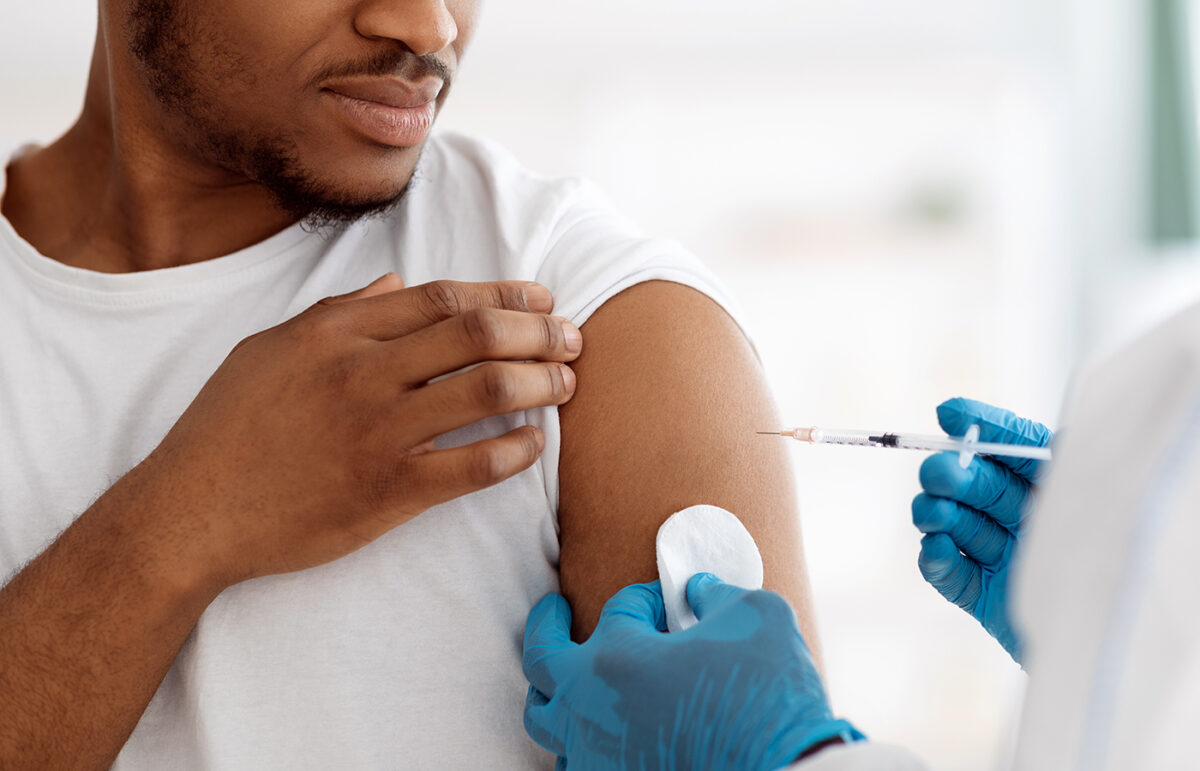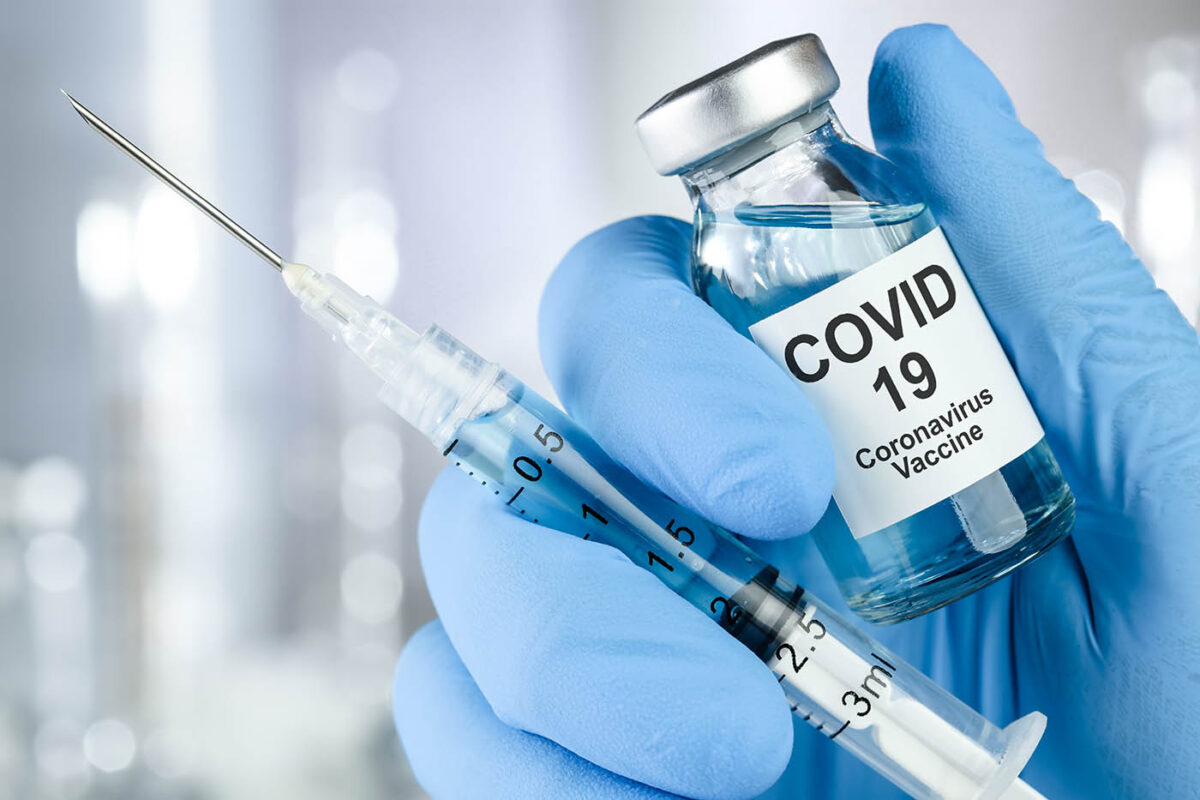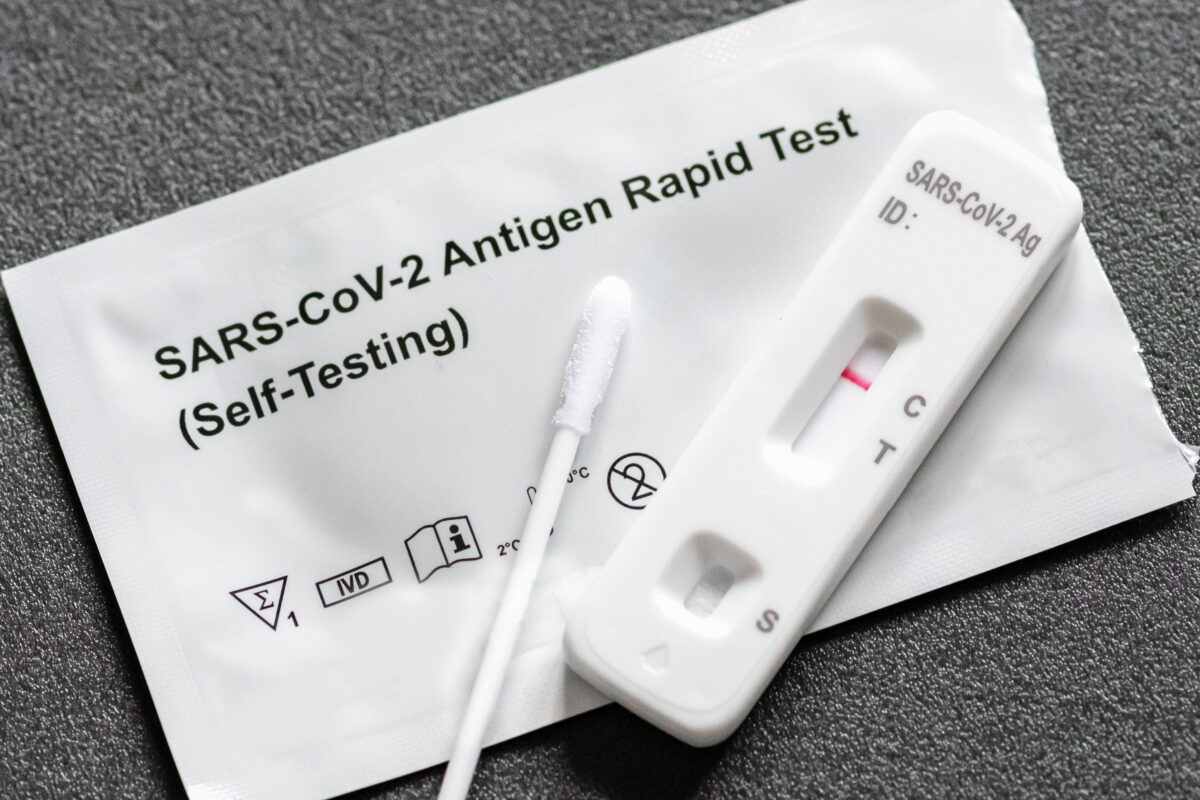
We recently launched a new series of posts explaining key terms and phrases used by public health officials in discussions of the COVID-19 pandemic. Our second installment looks at the term “vector.”
“Vectors” are defined by the World Health Organization as “living organisms that can transmit infectious pathogens between humans, or from animals to humans.” Vectors are often blood-sucking insects, like mosquitos or ticks, which can become infected and pass pathogens on to other animals or people.
In the context of COVID-19 transmission, people can act as vectors in spreading the disease caused by the new coronavirus. You may have heard the term being used in discussions regarding school and daycare closures. Children are more likely to experience milder infections, but they can act as vectors to spread the virus unknowingly.
COVID-19 is mainly spread person-to-person between people who are in close contact (less than 6 feet of separation), through respiratory droplets produced when an infected person coughs or sneezes. The spread of infection can be mitigated through social distancing, handwashing, and avoiding gatherings of more than 10 people. However, these practices are more difficult to enforce in schools settings, and younger children who are still learning about personal hygiene can easily spread the virus in school and daycare settings.
Healthcare providers who come in contact with patients with COVID-19 are also at high risk of inadvertently spreading the disease. Lack of adequate personal protective equipment for healthcare workers and limited capacity for testing have been significant issues as countries deal with the outbreak. Hospitals are increasingly being recognized as potential points of transmission for the virus, particularly as more patients acquire COVID-19 and require hospitalization.
You can read more about the pandemic on ACHI’s COVID-19 page.






